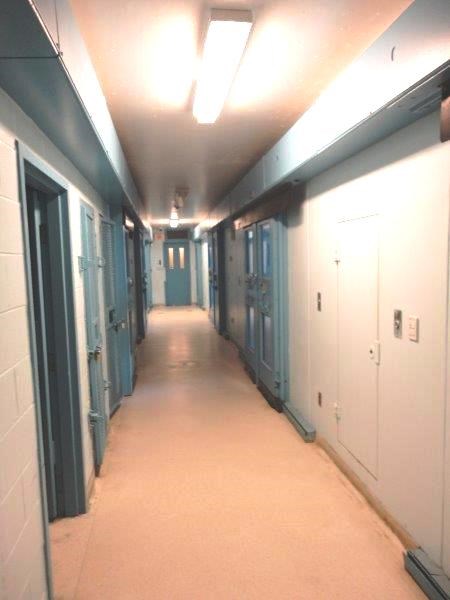By Lisa Joy, Local Journalism Initiative Reporter
Canada’s prisons recently recorded the highest use of force incidents ever and there are too many involving mentally ill inmates in Regional Treatment Centres, according to Canada’s prison watchdog.
As a whole, the five Treatment Centres accounted for about 20 per cent (296 out of 1,546) of all use of force incidents in 2018-19 reviewed by the Correctional Investigator of Canada.
“Some of the most troubling use of force incidents involve inmate-patients residing at the Regional Treatment Centres (RTCs) or psychiatric hospitals,” said Dr. Ivan Zinger, Correctional Investigator of Canada in his annual report tabled in Parliament Feb. 18.
In case studies, Correctional Service Canada’s internal reviews concluded the use of force wasn’t necessary and the amount used wasn’t proportionate to the situation.
The mentally ill are society’s most vulnerable but it’s often difficult for them to get the help, care and compassion they need. In prison it’s more difficult.
CSC has five Treatment Centres (psychiatric hospitals for inmates). They first introduced Therapeutic Ranges in some prisons in 2017-18 to manage maximum-security inmates who don’t meet the criteria for Treatment Centres, or whose behavioural or security requirements can’t be safely met in a psychiatric hospital setting.
Inmates sent to Therapeutic Ranges have moderate impairment or significant mental health symptoms, or they may have challenging behaviours secondary to their mental health needs so they need more security.
Therapeutic Ranges are supposed to provide a “therapeutic alternative” to segregation for these vulnerable offenders. Therapeutic Ranges were opened in the Atlantic, Kent and Edmonton Institutions.
But Zinger said his preliminary review, and site visits by his office, suggest Therapeutic Ranges may not align with mental health care objectives. He said therapeutic officer positions were created but it wasn’t clear how those positions differed from front-line guards, except for some additional mental health training.
He also said the Therapeutic Unit was no different than the Segregation Unit in the Atlantic and Edmonton Institutions.
“I am led to the preliminary conclusion that Therapeutic Ranges in maximum-security institutions serve more as a segregation diversion strategy than enhancement of mental health treatment capacity,” said Zinger. “I do not see how these environments could be expected to serve any therapeutic aim.”
In his report, Zinger said prisons must prohibit placement of inmates with mental health problems in segregation. In addition, he said addiction needs to be treated as a health issue and CSC should ensure proper care after an inmate is released.
He recommended CSC fully and transparently investigate use of force incidents, and implement lessons learned.
Zinger also said every effort should be made to make sure force is only used when needed.
He recommended CSC conduct a review of security practices and protocols to ensure a positive and supportive environment where clinical care can be safely provided at RTCs.
“This ‘best practices’ review would identify a security model and response structure that would better serve the needs of patients, support treatment aims of clinicians and meet least restrictive principles of the law,” he said.
CSC said they are evaluating its Engagement and Intervention Model to provide information on achievements against expected results at treatment centres.
Zinger also said there’s a high rate of inmates with Fetal Alcohol Spectrum Disorder. Only one per cent of the Canadian population (9.2 for every 1,000 births) is estimated to have FASD but they are overrepresented in the criminal justice system. About 10 to 23 per cent of inmates in Canadian prisons meet the criteria for FASD.
“CSC still does not have a reliable or validated system to screen or identify this spectrum disorder at intake,” said Zinger. “I have recommended that CSD establish an expert advisory committee that leverages community-based expertise in the development of a formal strategy for FASD in federal corrections.”
He added, however, that he was pleased to see CSC’s creation of a toolkit to guide program delivery staff working with FASD offenders, and a pilot project for FASD diagnostic and support services at the Regional Psychiatric Center.
Zinger’s report also revealed that the rate of self-inflicted injuries reached new highs in terms of frequency and number of inmates engaging in self-injurious behaviour behind bars.




